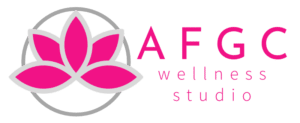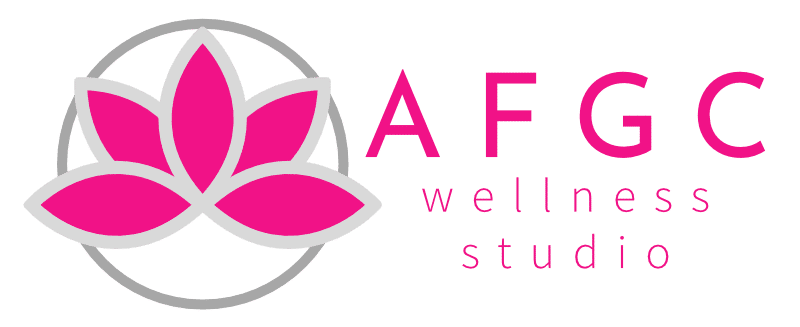The future you imagine for yourself, what you believe in, you have to believe so much that you have to live as if it were already your reality.
Why do we secretly hope that something else will come up in our lives if we think and repeat the same lines of action every day and experience the same feelings every day?
So yes, it is our daily routine actions that determine our lives, these are the habits that govern our lives.
Generally we’re advised to set specific, or SMART, goals (where SMART stands for specific, measurable, achievable, realistic and time-bound). Aiming to walk 10,000 steps per day is a common example.
This advice is typically based on goal-setting theory from the 1990s. However, that theory has now evolved, with research now suggesting specific goals in some cases can actually put us off.
One problem is specific goals are all-or-nothing: you either achieve the goal or you fail.
That’s why you might feel you’ve failed after “only” recording 9,000 steps when your goal was 10,000. In reality, 9,000 steps might actually be an achievement (especially on a busy day) — but because you didn’t reach your specific target, it can feel disappointing.
When you stop making progress towards your goal, or start to feel like you’re failing, it’s easy to give up — just like many of us do with New Year’s resolutions.
One alternative is to set what’s known as an open goal.
What are open goals?
Open goals are non-specific and exploratory, often phrased as aiming to “see how well I can do”. For example, professional golfers in one study described performing at their best when aiming to “see how many under par I can get”.
Open goals work well in exercise. One study found insufficiently active people performed better (in this study that meant they walked further) when pursuing open goals than they did with SMART goals.
The fitness industry is already starting to use open goals. For example, the Apple Watch now incorporates open goals as a workout option.
Psychological benefits of open goals
Open goals aren’t just good for performance — they’re also much more psychologically beneficial than SMART goals.
Indeed, the elite athletes who first reported open goals described how they were an important part of experiencing flow – the enjoyable, rewarding state when everything just seems to click into place and we perform well without even needing to think about it.
Follow-up studies found open goals – compared to SMART goals — make walking more enjoyable, make people more confident and make them feel they performed better. That boosts motivation and suggests open goals can help people stick with exercise routines longer.
One participant said open goals “took away the trauma of failing”.
Why do open goals work differently to SMART goals?
There’s another important difference between open and SMART goals. When you set a SMART goal, you’re identifying something in the future you want to achieve (“I want to be able to walk 10,000 steps every day”).
So pursuing SMART goals is about reducing the gap between where you are now and where you want to get to – you’re always lagging behind where you want to be. That can make it feel like your progress is slow, and slow progress doesn’t feel good.
When you set an open goal, your focus is on your starting point. If your goal is to “see how many steps I can reach today”, then as your step count rises, it will feel like you’re making progress. You may start to think, “Oh, I’m already on 2,000 steps… Now it’s 3,000 steps… Let’s see how many I can get to.”
Rather than comparing against where you should be, you’re constantly building on your starting point.
That makes the process much more positive – and the more positive we feel during exercise, the more we’ll want to do it again and again.
To set your own open goals, think first about what you want to improve (for example “being more active”). Then identify what you want to measure, such as your daily average step count.
Phrase your goal in an open-ended, exploratory way: “I want to see how high I can get my average daily step count by the end of the year.”
And then get started! With an open goal, you’re more likely to see progress, enjoy the experience, and stick with it until you’re ready to set — and achieve — more specific goals.
Source: https://www.abc.net.au/news/2021-01-01/new-years-resolution-goals-should-be-open-not-specific/13017290

